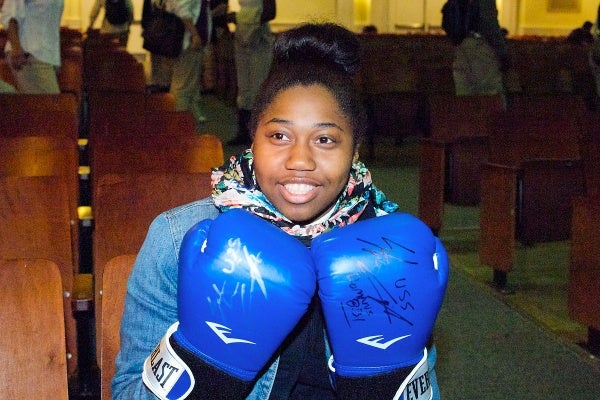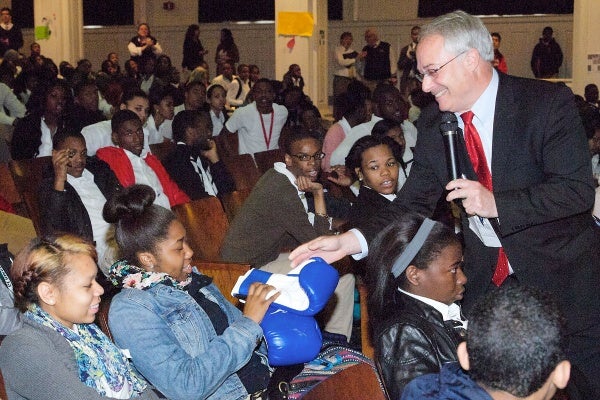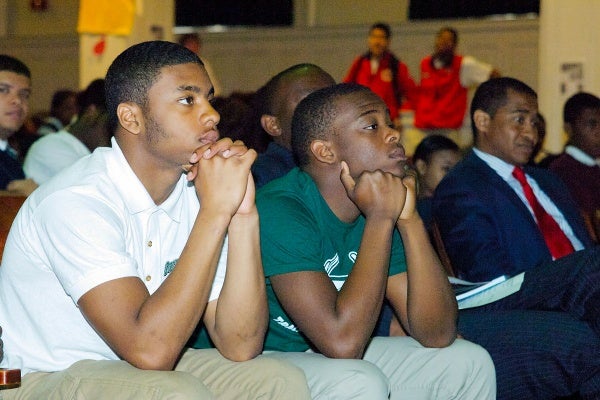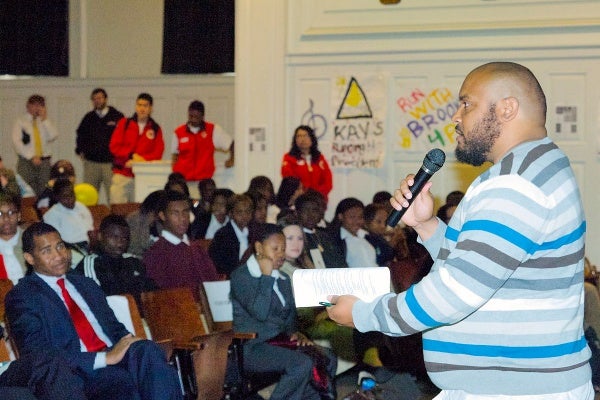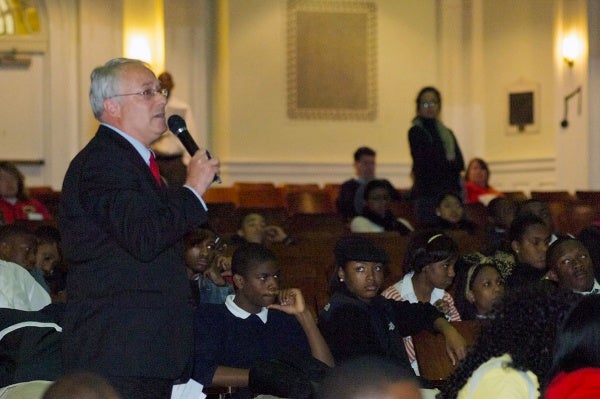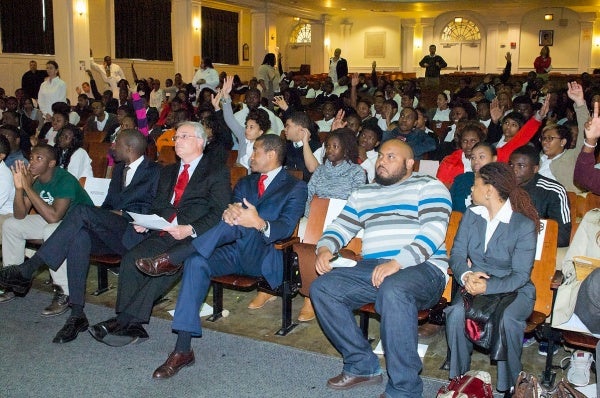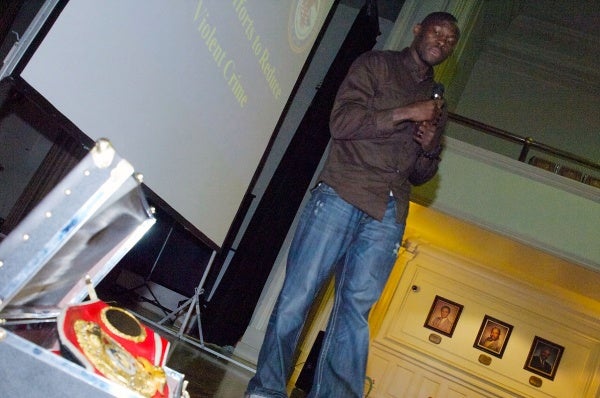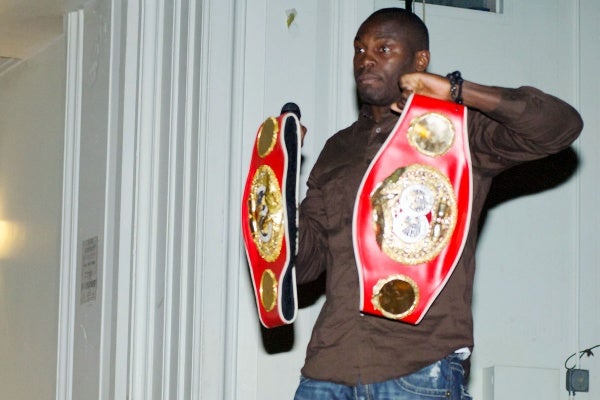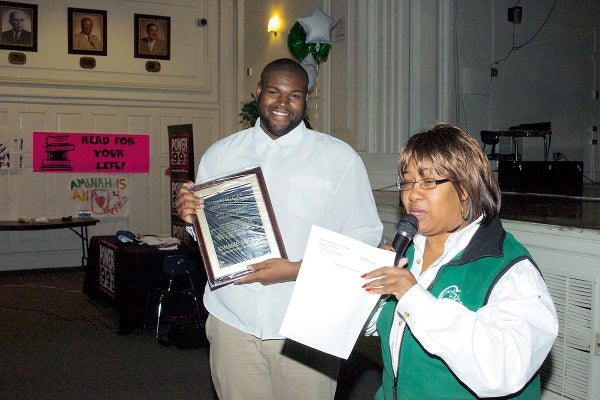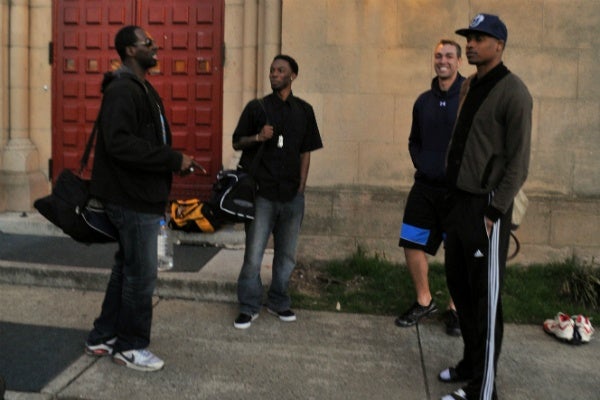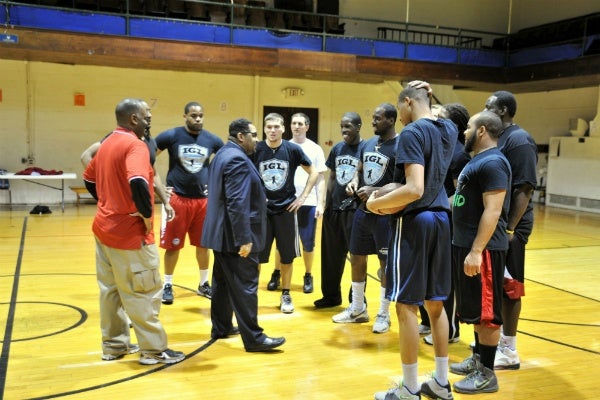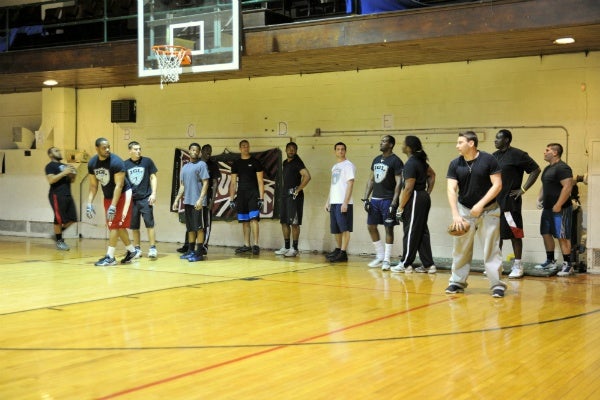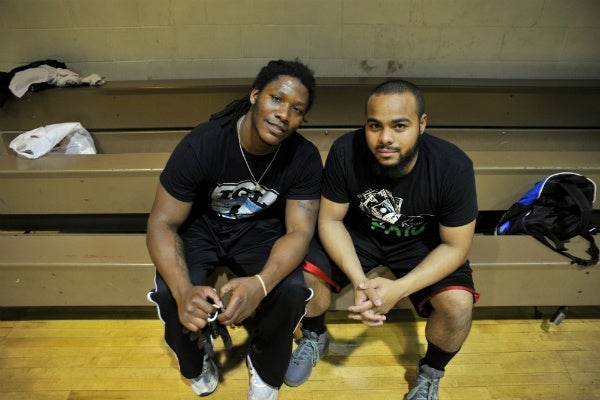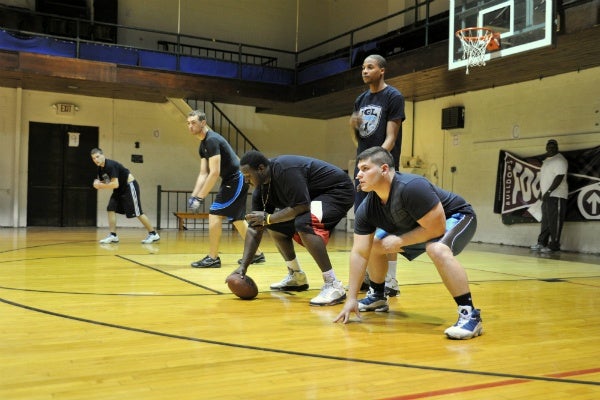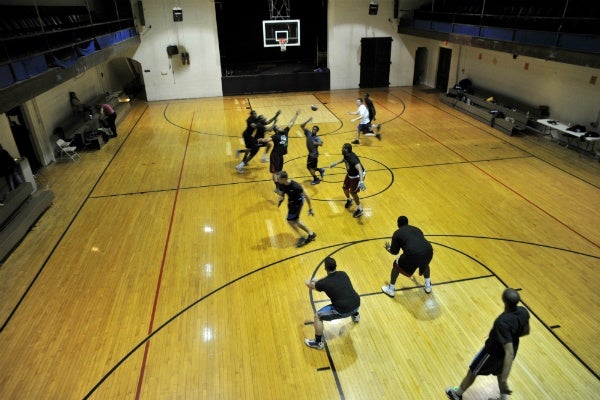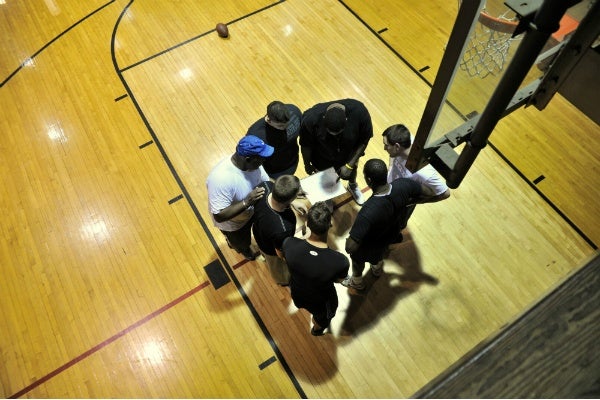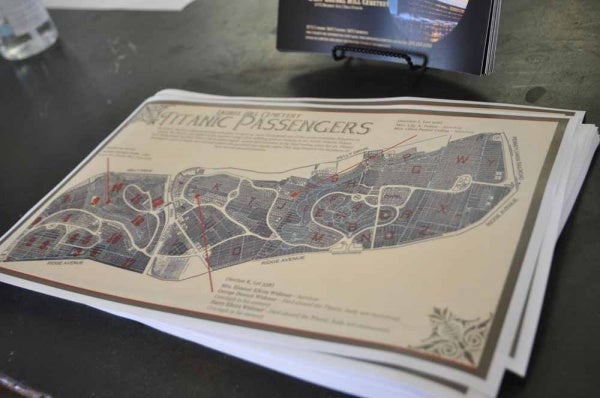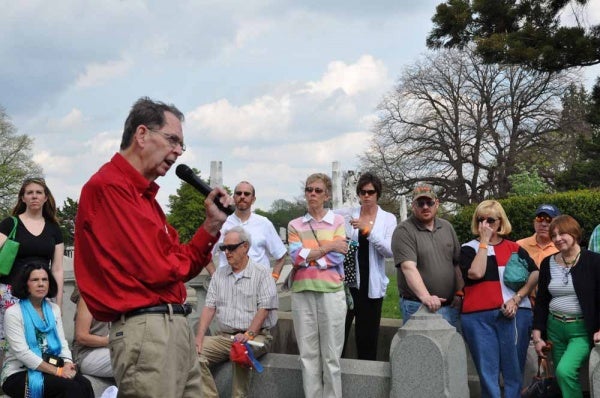Laurel Hill Cemetery marks Titanic’s 100th anniversary with walking tour memorial
Gathered around a granite mausoleum overlooking the Schuylkill at Laurel Hill Cemetery in East Falls, a group of 50 people took a mental journey through what it was like to travel on the Titanic as survivors’ stories unfolded before them. The mausoleum belongs to the influential Widener family, very wealthy philanthropists of Philadelphia’s past who were impacted by the Titanic tragedy.
Laurel Hill Cemetery boasts memorials of six survivors, the largest number memorialized in the United States. They were all first class passengers, many of whom have memorials along “Millionaire’s Row” in the cemetery.
For the 100th anniversary, the cemetery hosted a walking tour of the survivors’ burial sites, led by J. Joseph Edgette, professor emeritus of education and folklorist emeritus at Widener.
“The Widener family was so instrumental in the development of the history of Philadelphia both in the business sense and the case of cultural sense,” said Edgette. “They were great great contributors to Philadelphia history.”
The Widener clan founded the U.S. Steel company, The Philadelphia Transit Company, and the American Tobacco company among others–but they are best known for forming a city-wide transportation system via trolley. The bodies of Mrs. Widener’s son and husband were never recovered, but they are memorialized with plaques.
Edgette, who was friends with George Widener’s only grandson, Fitz Eugene Dixon Jr. who passed away in 2006 says he was told a family story about the last interaction between George Widener and his wife Eleanor on the Titanic.
The two had been attending a party when word of ice on the deck of the ship sounded the alarm. But Eleanor didn’t want to leave her husband. So Widener entrusted his wife with his two rings, a ruby and emerald—his signature jewelry—and sent her to the lifeboats. George and his son Harry did not survive when the ship sank. And along with hundreds of other precious material cargo, Harry Widener’s 1500 book collection of first print editions and original manuscripts lay at the bottom of the sea.
Donning a curly wig, long black skirt with high leather boots and an antique brooch, one attendee mimicked the dress of a Titanic passenger.
“It’s called the Gibson girl look,” said the woman touching her hair–who only would identify herself as Mrs. John B. Thayer. “And tonight I have a velvet beret from that time period and a cape,” she added. Thayer was vice president of the Philadelphia railroad and is known for his courageous efforts to save other passengers on the Titanic, but perished himself.
“Mrs. John B. Thayer”, a Philadelphia resident and civil war history enthusiast says, for her, Titanic was like a greek tragedy but that many passengers in the second and third classes had interesting stories, too.
“I decided to come out to this night kind of to honor the spirits of those people I would recreate a little bit of their experience for myself,” she said. “But in the end there was no difference between who was claimed by the sea,” she said.
Edgette says that there is much erroneous information about the Titanic due to its popularity and that the most common mistake was that the ship sank because they were going too fast in an ice field.
“They were going about 22 miles an hour, and in the water at that time that was fast, but it was more human error than it was speed,” he said, describing how new steering technology and an untrained crew steered the boat further into the iceberg rather than away from it.
A catered dinner polished off the night as a replica of the last meal on the Titanic was served after the tour. Dishes like filet mingon, a chocolate fountain, and braised vegetables were served. Other famous survivors included Lily Potter, who helped create the Philadelphia chapter of the American Red Cross, and William Crothers Dulles a prominent attorney in Philadelphia–both buried at Laurel Hill.
Edgette’s work is on exhibit at Widener University in Chester County where histories of Philadelphia survivors and even the life of the Titanic’s dogs—as there were twelve– is included.
WHYY is your source for fact-based, in-depth journalism and information. As a nonprofit organization, we rely on financial support from readers like you. Please give today.


